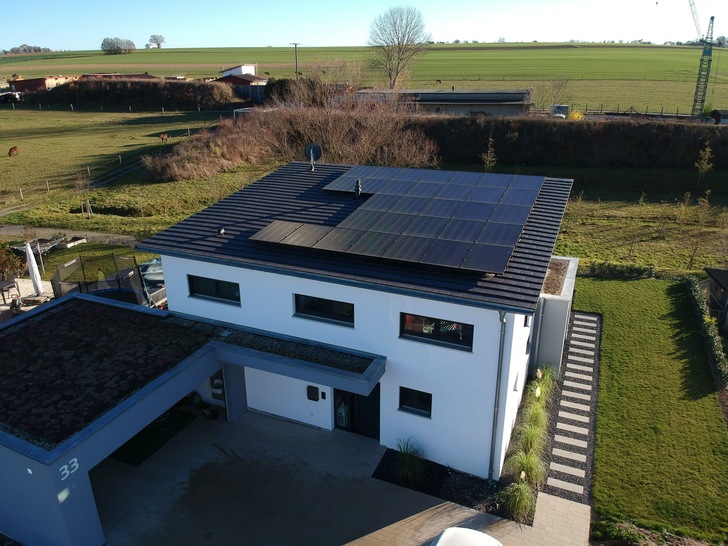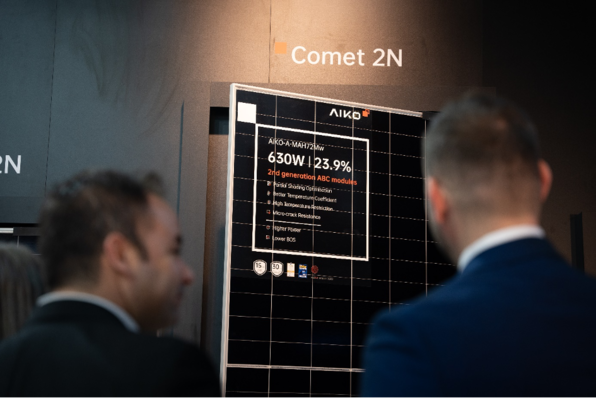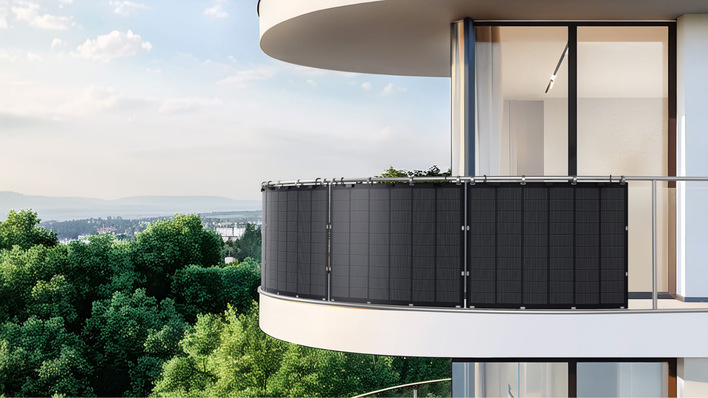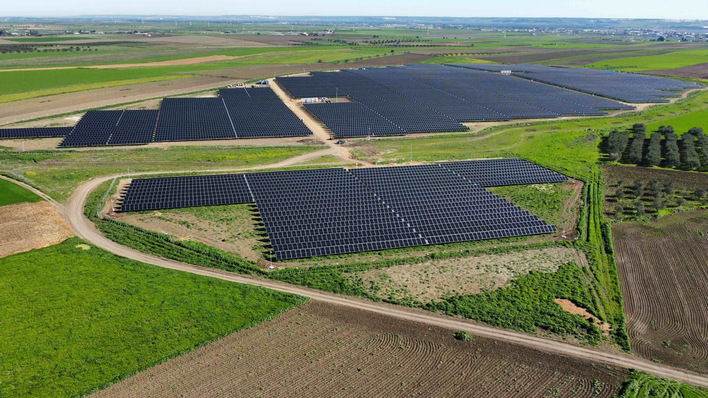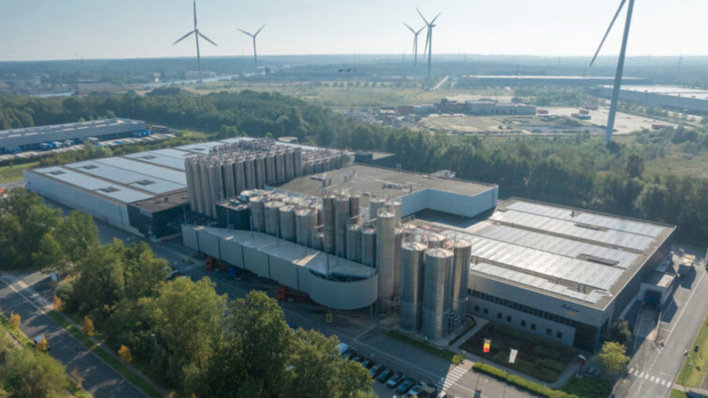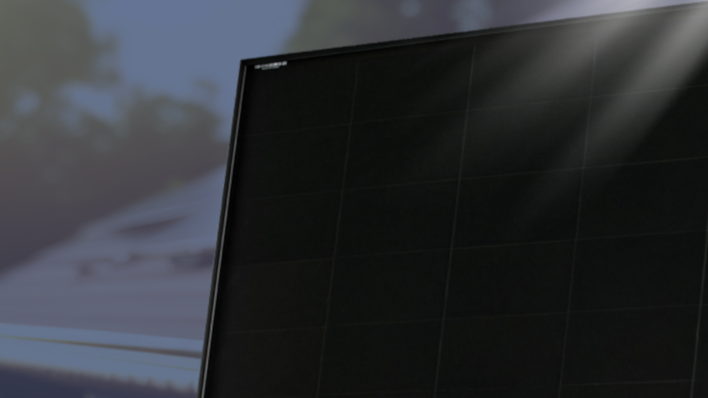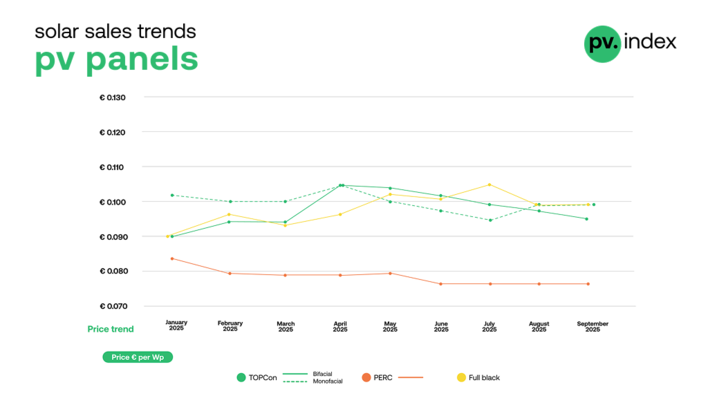Photovoltaic systems on south-facing roofs are the classic. PV systems on east and west-facing roofs have been installed ever since self-consumption of solar power became the order of the day. And what about roofs that face north? Are they also suitable for solar power generation, and if so, under what conditions? The Wehle family's system near Horb am Neckar (Baden-Württemberg) shows that a north-facing roof can actually produce just as much solar power as a south-facing roof.
Single-family house with a shed roof
The Wehle family built a single-family house in 2018. They did not want a saddle roof, and a flat roof was ruled out by the development plan. Therefore, the decision was made in favour of a shed roof. A photovoltaic system was not planned so soon, but the annual electricity bill made them change their mind.
"With two adults and a child, we use a regular 3,500 kilowatt-hours of electricity every year, and yet the electricity bill increases significantly each year. So it was better to use cheap PV electricity generated by ourselves. There also was the desire to do something for the energy transition and climate protection. "Especially when you have a small child, you ask yourself what kind of world you will leave behind," says the couple.
Requirements for north-facing roofs
Only the shed roof was available for installation, but would it be suitable for photovoltaics with its northern orientation? Pascal Bolsinger, Managing Director of the specialist company Adrex, Panasonic Solar Premium Installer Gold, advised the family on the system planning. Bolsinger is open to photovoltaics with a northern orientation. "However, the flatter, the better." With steep roofs, the north side is in the shade for too long. An angle of inclination of 7 degrees is the limit, and the roof should not be any flatter. Because only from a certain inclination can rain and melted snow run off so that there is a self-cleaning effect. Wehle's shed roof is inclined 7 degrees, so it still fits.
Bolsinger advised a roof-parallel system with Panasonic HIT modules with 7.3 kilowatt peak output, so his customers could optimize their own supply of solar power. This time, however, the family wanted to make provisions for the eventuality of purchasing an electric car. That is why they decided to have just under 10 kilowatts of PV power installed. With exactly 9.92 kilowatts of power, they were able to avoid the proportional EEG levy.
Panasonic HIT Kuro modules with 320 W
This artificial limit no longer exists since the recent amendment of the Renewable Energy Law (Erneuerbare-Energien-Gesetz / EEG). Since the beginning of January 2021, up to 30 kilowatts of capacity may be installed without a pro-rata EEG apportionment for the self-consumed electricity so that the yield in the system class is not reduced. Adrex installed 31 HIT Kuro modules, each with 320 watts of power. With the black solar cells and frames they match the anthracite roof tiles very well.
The system went into operation in mid-January 2020. The first annual balance even surprised the photovoltaic expert Bolsinger. Between 15 January and 31 December 2020, the 9.92-kilowatt system generated 10,467.57 kilowatt-hours of solar electricity. On a north-facing roof, mind you. "We normally expect a specific yield of about 1,000 to 1,100 kilowatt-hours per kilowatt peak," he says.
Heterojunction technology scores
Bolsinger attributes the above-average yield to Panasonic's heterojunction technology. This combines thin-film and crystalline solar cells. "The modules still work very well even with indirect irradiation and diffuse light. In the warm summer months, the Panasonic modules' extremely low temperature coefficient also shows its effect. The Wehle family's assessment in March 2021: "We had expected much less. So far, we are very satisfied."
The photovoltaic system is coupled to an electricity storage system with 7.5 kilowatt-hours of storage capacity. With the combination of photovoltaics and a battery storage system, the family of three was able to cover almost 74 percent of their electricity needs in the first year of operation with emission-free solar power. Since the generation costs of PV electricity are about 11 cents per kilowatt-hour, the purchase is also noticeable on the electricity bill. In addition, they are happy that they save CO2 every day with the solar electricity.
Did you miss that? Temperature coefficient becoming key in the buying decision
So will there be many more northern plants in the future? There are a few reasons why this would be the case. For example, if the south roof is either already occupied by a solar thermal system. Or if a photovoltaic system is installed there, whose electricity is completely fed into the public grid, but the homeowners now want to produce electricity for their own supply. It is also conceivable that the south roof and the north roof are covered with solar modules for aesthetic reasons. "There is still a lot of potential on the north side," says Bolsinger, encouraging people to consider this option as well. (hcn)
Read more: Berlin’s first smart city quarter powered by Panasonic


